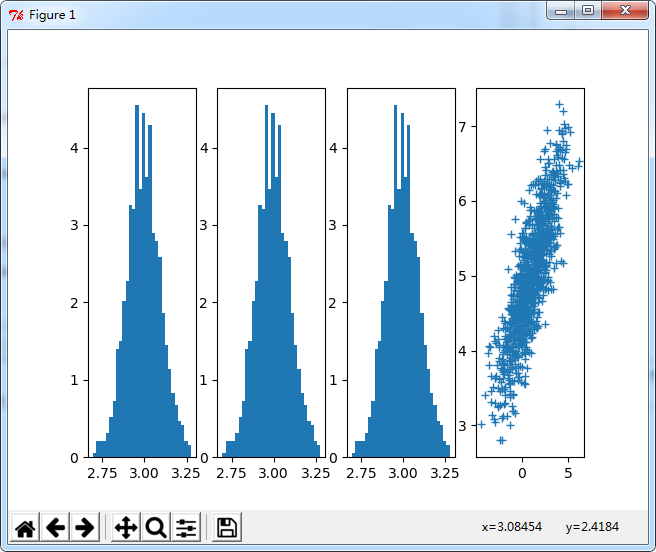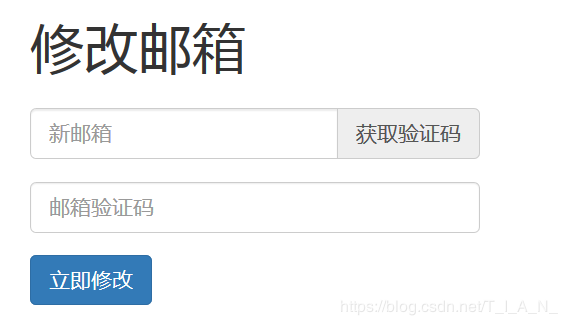Python中的id()函数指的什么
Python官方文档给出的解释是
id(object)
Return the “identity” of an object. This is an integer (or long integer) which is guaranteed to be unique and constant for this object during its lifetime. Two objects with non-overlapping lifetimes may have the same id() value.
CPython implementation detail: This is the address of the object in memory.
由此可以看出:
1、id(object)返回的是对象的“身份证号”,唯一且不变,但在不重合的生命周期里,可能会出现相同的id值。此处所说的对象应该特指复合类型的对象(如类、list等),对于字符串、整数等类型,变量的id是随值的改变而改变的。
2、一个对象的id值在CPython解释器里就代表它在内存中的地址。(CPython解释器:http://zh.wikipedia.org/wiki/CPython)
class Obj(): def __init__(self,arg): self.x=arg if __name__ == '__main__': obj=Obj(1) print id(obj) #32754432 obj.x=2 print id(obj) #32754432 s="abc" print id(s) #140190448953184 s="bcd" print id(s) #32809848 x=1 print id(x) #15760488 x=2 print id(x) #15760464
令外,用is判断两个对象是否相等时,依据就是这个id值
class Obj(): def __init__(self,arg): self.x=arg def __eq__(self,other): return self.x==other.x if __name__ == '__main__': obj1=Obj(1) obj2=Obj(1) print obj1 is obj2 #False print obj1 == obj2 #True lst1=[1] lst2=[1] print lst1 is lst2 #False print lst1 == lst2 #True s1='abc' s2='abc' print s1 is s2 #True print s1 == s2 #True a=2 b=1+1 print a is b #True a = 19998989890 b = 19998989889 +1 print a is b #False
is与==的区别就是,is是内存中的比较,而==是值的比较
总结
以上所述是小编给大家介绍Python中的id函数,希望对大家有所帮助,如果大家有任何疑问请给我留言,小编会及时回复大家的。在此也非常感谢大家对【听图阁-专注于Python设计】网站的支持!

